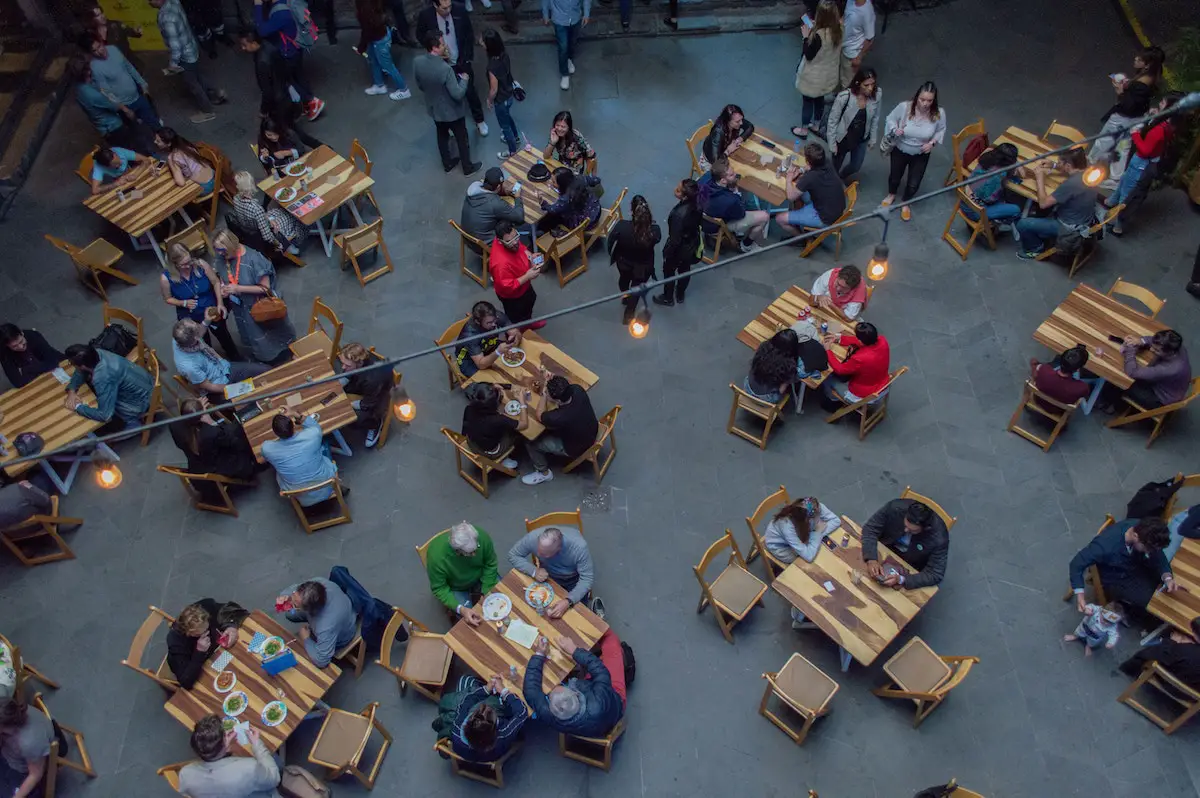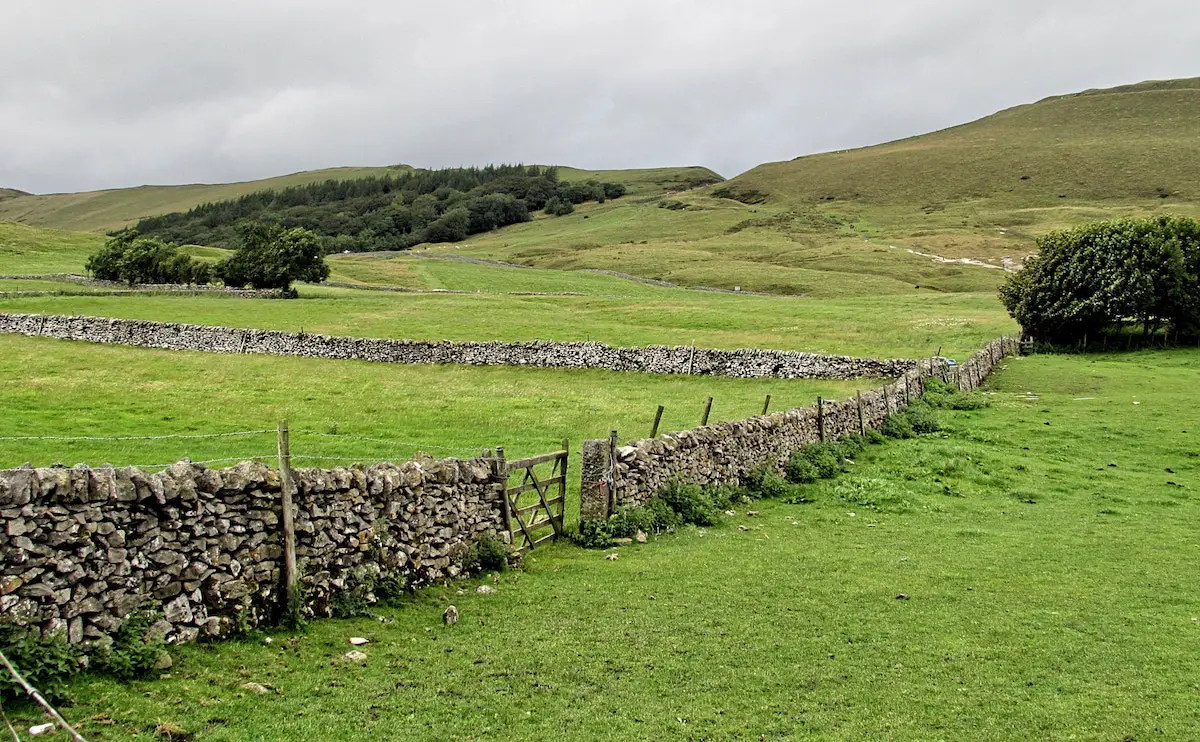Introduced to Thailand in the eighties, multi-story shopping complexes have for better or worse become a sanctuary our lives revolve around. That Bangkok is home to a staggering number of shopping malls is hardly news, but around this time last year Bangkok welcomed a unique addition to its shopping directory. Unlike the older generations of bulky concrete edifices, however, the elegant K Village follows the footsteps of J Avenue – the first self-proclaimed ‘community mall’ that opened its doors in the posh area of Thonglor in 2004. Amidst the financial crunch of these past years the capital has seen the burgeoning of this new consumer culture that touts itself as a ‘neighborhood lifestyle mall’ consciously professing the impression of a town center loved and frequented by the local residents.
Upon a first glimpse, these malls really are different and indeed are a contribution to the Thai contemporary architecture scene. The sinuous curves soften the exterior, the spiral staircases break monotony and the generous use of large glass walls gives the area an enlivened, animated air. The open-air layout, in contrast to the stuffy office buildings, is a calming yet liberating refuge. The landscape program is also part of the appeal. The intimate courtyard encircled by cobblestone pathways, lush greenery and water features make for a visual delight that dutifully exhausts the aesthetic repertoire of a landscape architecture student.
While the malls are treated with such delicate design intentions, their sugar-coated shortcomings are glaring in other aspects. A mall, in essence, mimics a market by appropriating the old functions and packaging them into an experiential, air-conditioned utopia. In a traditional market or the downtown street where humble shophouses densely line the street, you stroll along the tiny alleys, lose yourself in the twists and turns, and come into contact with other people, public amenities and institutions, for everything in the public realm is woven into the same urban fabric. The faux urban marketplaces try to achieve the same effect but they do so by privatizing public space and putting all these elements in a fenced bubble independent of everything outside of it.
Inside, these lifestyle malls house the same shops as the next average mall, making them simply a more chic miniature of the bigger shopping complex. These stores, restaurants, supermarkets, and cafés within the establishment are in turn owned by a handful of corporate brands. While an old marketplace brings together a diversity of sellers and customers, these malls and their cookie-cutter stores privilege an upscale clientele of wealthier families and young professionals who glide in to socialize after work. If the purpose of a market is trade, trade in these venues may easily take a backseat to the elitist culture of conspicuous consumption and display. Incidentally, K Village can only be reached by private vehicles.
The retail sector has helped the city’s economy tremendously but growth at all costs is a misguided development agenda. Unlike Bangkok’s Chinatown that offer active storefronts or Quincy Market of Boston that also functions as a public space, there’s nothing intrinsically community-oriented about these shopping complexes when you cannot reach them on a leisurely bike ride or send your kid over to buy a carton of milk. This is not to say this unabashed lifestyle choice should be discouraged altogether, nor is this a nostalgic cry for the nearly obsolete the mom-and-pop stores. Rather, in order for the developments to be meaningful all round, their relationship with the neighborhood has to be deepened and redefined. With a good balance of chain stores and locally owned shops and the provision of space for creativity and civic expression, these malls, already strategically located, have a potential to expand opportunities for the local residents, thereby genuinely serving the community they chose to nestle in.
While it is refreshing to see Thai developers have finally embraced the intimate, human-scale design, these malls could assert more. If K Village is a community mall, this begs the question whose community? A person is said to be introvert if he is concerned primarily with his own thoughts and feelings. If an urban cell is introvert, it is absorbed in its own wants at the expense of the larger needs, resulting in yet another form of Starbucks urbanism that our contemporary culture has come to fetishize.
Photo: UweBKK


